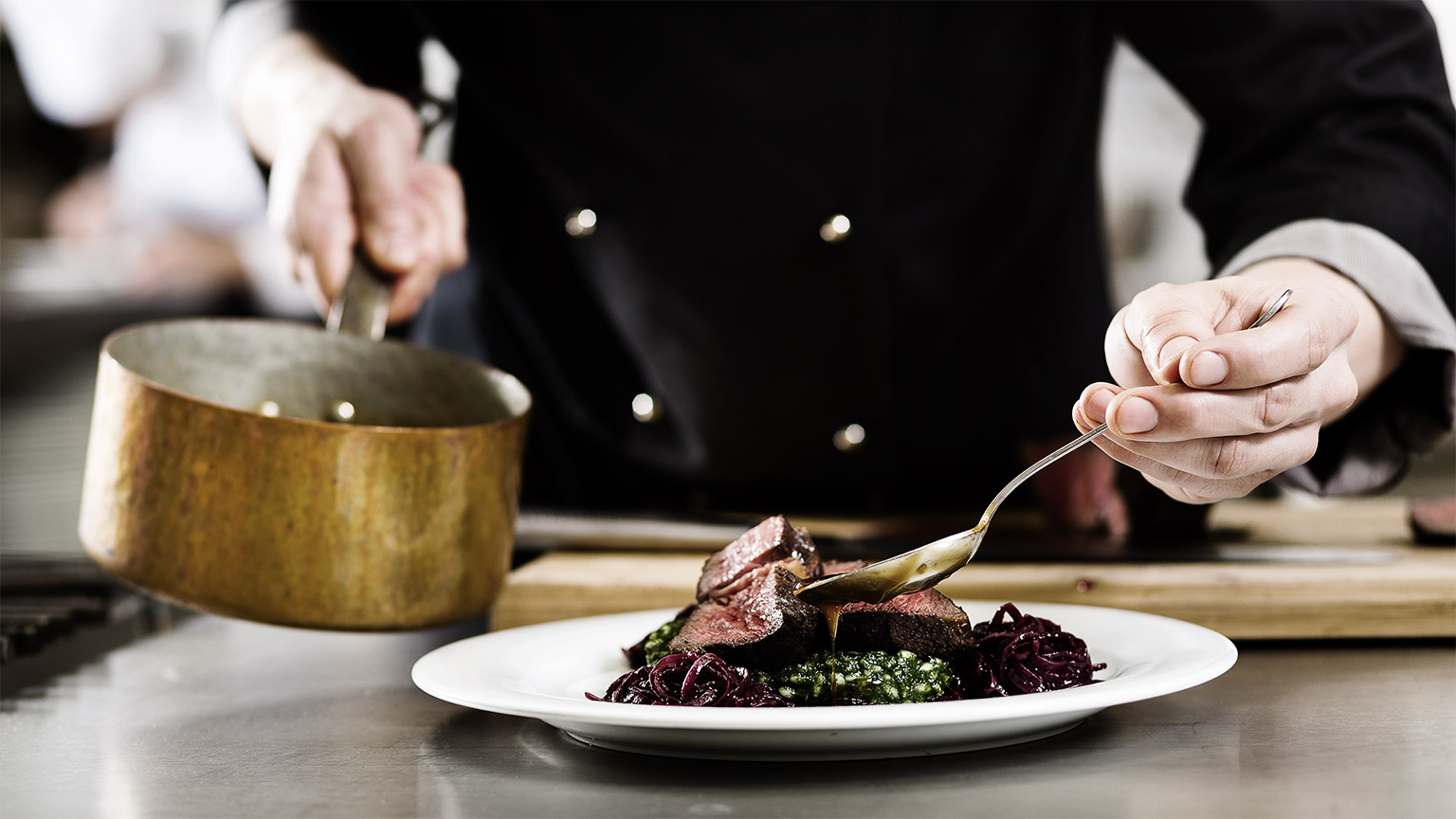Both groups will have a mise en place/prep day today, preparing a minimum of 12 portions of each dish.
Feedback will be provided by tutor and peers, with the feedback forms kept for recipe improvements during class.
Self Directed Learning
Respond to Checkpoint 2 feedback and make improvements suggested in your written assessment Tasks 1-5.
Cook and Serve Day- Group 1
Group 1 cooks and presents their dishes during this session, with Group 2 helping to clean up and providing feedback.
Self-Directed Learning
Group 1 – Complete OneNote self-reflection journal C12.2 Occasion/Menu.
Group 2 – Complete written feedback on at least one dish presented (each learner with feedback on a different dish) – ready for classroom menu review.
Cook and Serve Day- Group 2
Group 2 cooks and presents their dishes during this session, with Group 1 helping to clean up and providing feedback.
Self-Directed Learning
Group 2 – Complete OneNote self-reflection journal C12.2 Occasion/Menu.
Group 1 – Complete written feedback on at least one dish presented (each learner with feedback on a different dish) ready for classroom menu review.
Summative – OneNote self-reflection journal for Occasion 2
- Review the practice session (Occasion 2).
- Read and respond to the feedback from your tutor and peers.
- Note any improvements, amendments, yields etc. so recipes can be improved, amended and made more accurate.
- Carry out a stocktake and produce a new order sheet for Occasion 3.
After Occasion 2, recipes should be complete and you can now complete the remaining written Tasks 3-5 which are to:
- Include a copy of recipes for one complete menu item (with sub-recipes). (T3)
- Food costings for complete menu item and sub-recipes. (T5)
- Selling price per portion for the menu item. (T5)
Selling price calculation
To complete the written part of the assessment, you are required to complete standard recipe cards for one menu item (including the sub-recipe components) and to calculate the food cost for the dish and a menu selling price.
After Occasion 2 you should have finalised your recipes and amended the standard recipe cards and costings you have been working on so far to account for any changes to ingredients and ingredient measurements and quantities. You should now be able to calculate the final food cost for the complete menu item. To calculate the menu selling price you will first need to decide on the food cost percentage appropriate for the dish and for the type of food business your group’s menu was designed for (i.e. to match the brief you discussed in Tasks 1 and 2).
Choosing food cost percentage - recap
Remembering that the primary purpose of any business is to make a profit, calculating a profitable menu price is essential. Many food businesses set a target food cost percentage, taking into account all other costs, which should generate a net profit.
For Task 5, you need to calculate a selling price for the menu item for which you have provided recipes and costings. You need to decide what an appropriate food cost percentage would be for the type of food business the menu is designed for, based on standard industry calculations. Consider what food cost percentage would be profitable for the business yet offer good value for money for the customer when setting the menu price.
One method which helps to determine food cost percentage is to use the principle of PRIME COST.
When you have completed the following prime cost and food cost percentage exercise in your journal you should be ready to complete the written portion of the assessment (Tasks 1-5) and submit when required.
Exercise 12 - Prime Cost
- Thinking back to Delivery 1 costing resources, what is Prime Cost and how can this help to decide a food cost percentage?
- Discuss how labour affects the dishes on each group’s menu by considering amount and skill of labour needed to make each dish.
- Thinking of the dish you are costing for your written assessment, give a brief explanation of the labour and skill requirements to produce the whole dish. Would you consider the dish to require high/average/low labour? Why?
- Given that an industry base food cost percentage is often considered to be 30%, and given your understanding of prime cost, what do you think is an appropriate food cost percentage to set for the menu item you are costing? Why?
- (Note: this is a part of the justification required in Task 5 to evaluate the value for money of the dish for customers, and the profitability for the restaurant) .
Self-Directed Learning
- Complete the final recipe cards for to be used for Occasion 3 and include in written assessment (Task 3)
- Recalculate food costs for each amended recipe (Task 3)
- Calculate menu selling price for the dish. (Task 4).
- Evaluate the selling price for the dish (Task 5).
In groups continue with recipe improvements, work plan improvements, updated costings etc. in response to feedback from Occasion 2.
Self-Directed Learning
- Complete final recipe cards for to be used for occasion 3 and include in written assessment (Task 3).
- Recalculate food costs for each amended recipe (Task 3)
- Calculate menu selling price for the dish. (Task 4)
- Evaluate the selling price for the dish (Task 5)
- Submit Task 1-5 as per tutor’s instructions.
Summative - Submit Assessment 12.1 written Tasks 1-5, including updated recipes and costings adjusted after feedback.
